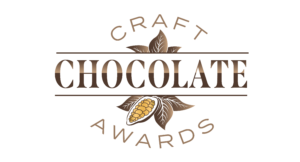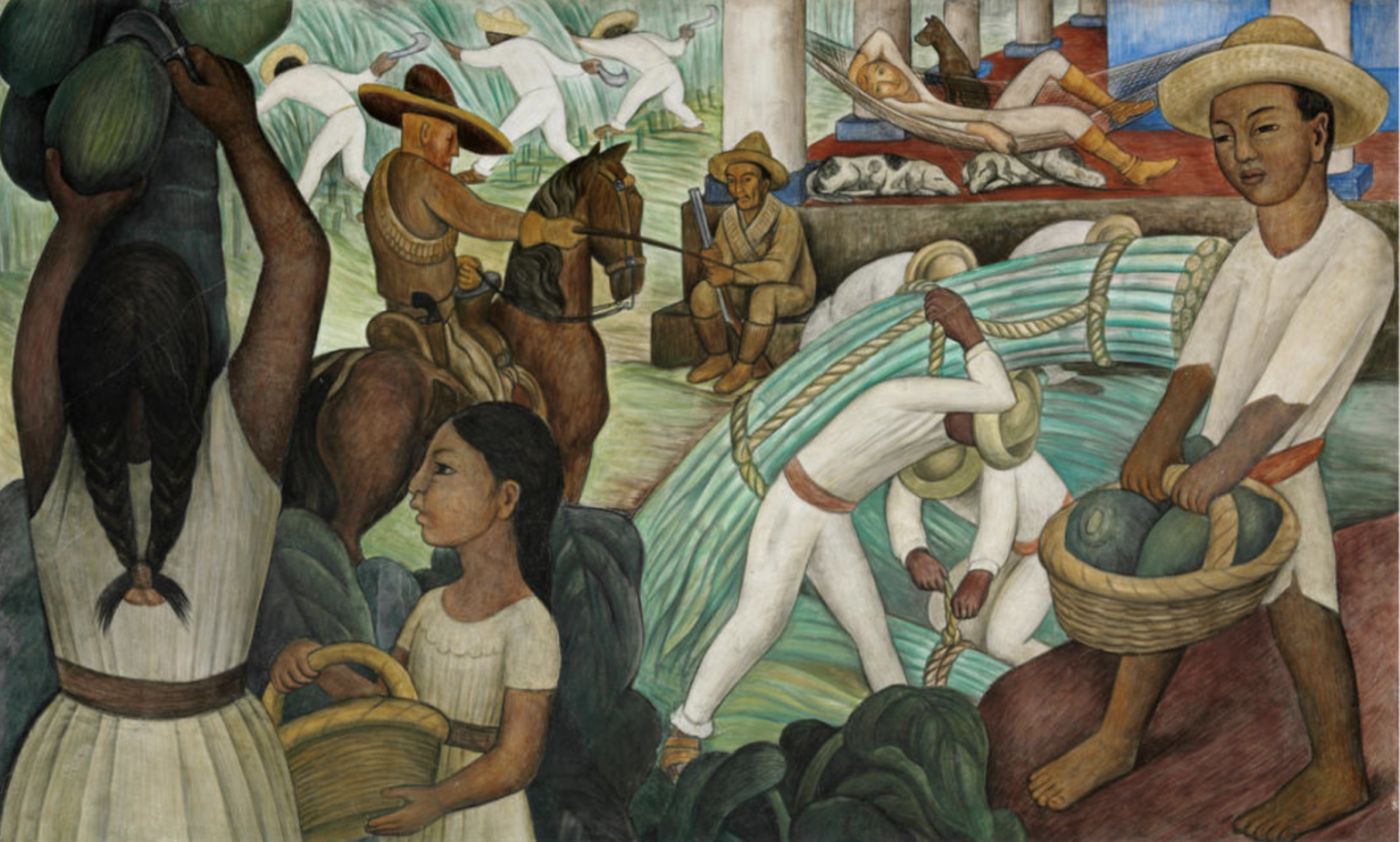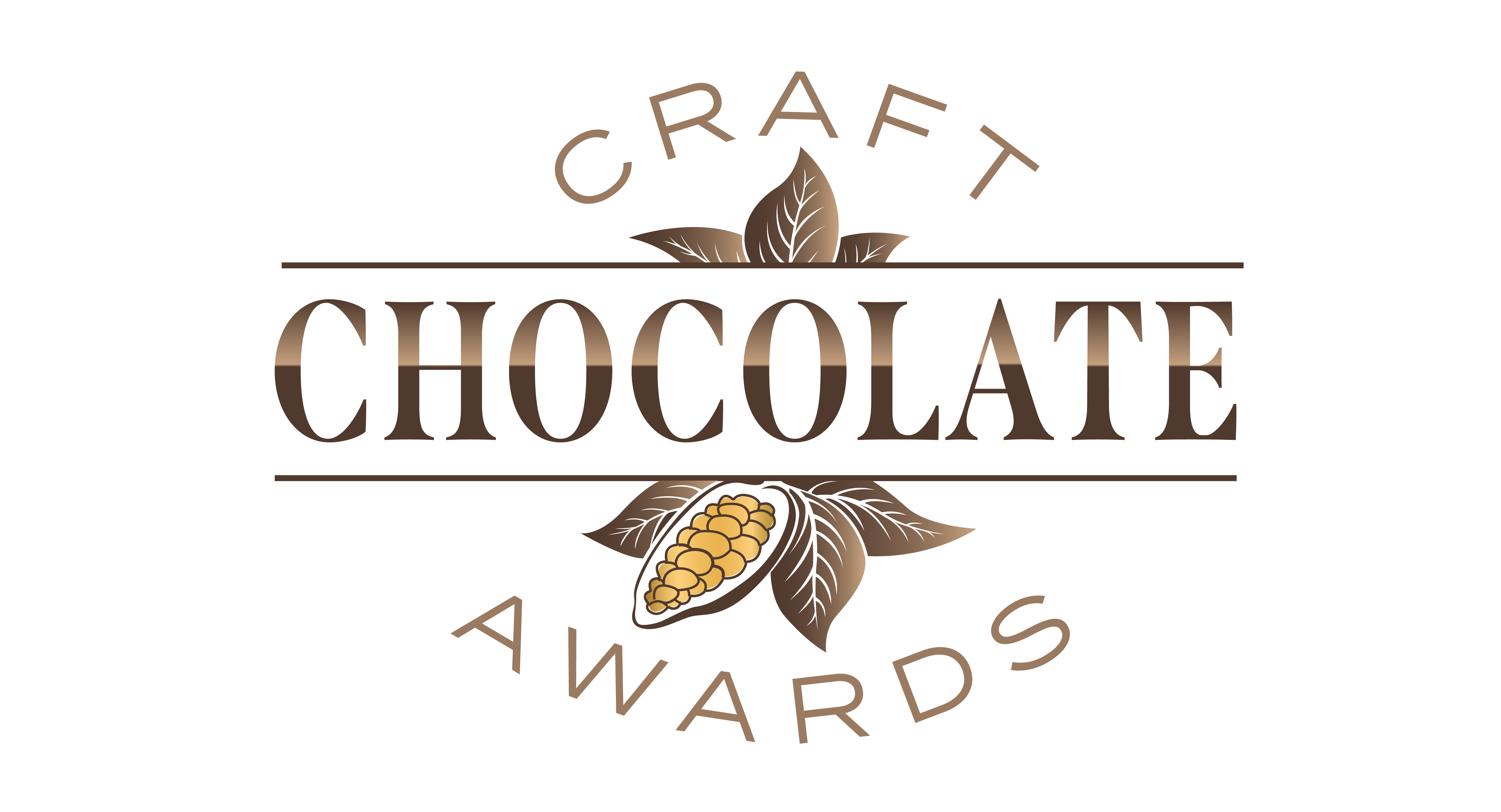Historians debate whether new materials from the New World changed European consumers, or whether European consumers assimilated new things as they assimilated alien cultures; how far, in other words, objects retain their foreign identity in the context of colonialism. It is a debate illuminated by the trajectory of chocolate from Aztec luxury to northern European staple, but in the first decades of this journey it seems that early modern Catholic Europe and declining native Mesoamerican cultures shared ideas about the risks and appropriate use of “rare victuals”.
The first records of European responses to chocolate are predictably mixed. The Italian historian Girolamo Benzoni, who came across chocolate in Nicaragua in the mid-sixteenth century, thought that “it seemed more a drink for pigs, than a drink for humanity. I was in this country for more than one year, and never wanted to taste it.” Forty years later, the Spanish Jesuit missionary and naturalist José de Acosta wrote that chocolate “disgusts those who are not used to it, for it has a foam on top, or a scum-like bubbling . . . And the Spanish men – and even more the Spanish women – are addicted to it.” Already, then, there is a distinction in taste between “proper” Spanish Spaniards and the Creoles, who, while of Spanish birth or extraction, had spent all or most of their lives in South America. Chocolate disgusted the real Europeans, but acculturated men – and especially women – were so far gone as to become “addicted” to this revolting drink. We might read this as an early account of the “chocoholic” propensities of women, but alternatively it points to the European fear of “going native”, losing the cultural identity that had brought them to power in the first place, in the outposts of empire. It is the idea of chocolate that is addictive, a potion cooked up by exotic women in the New World.
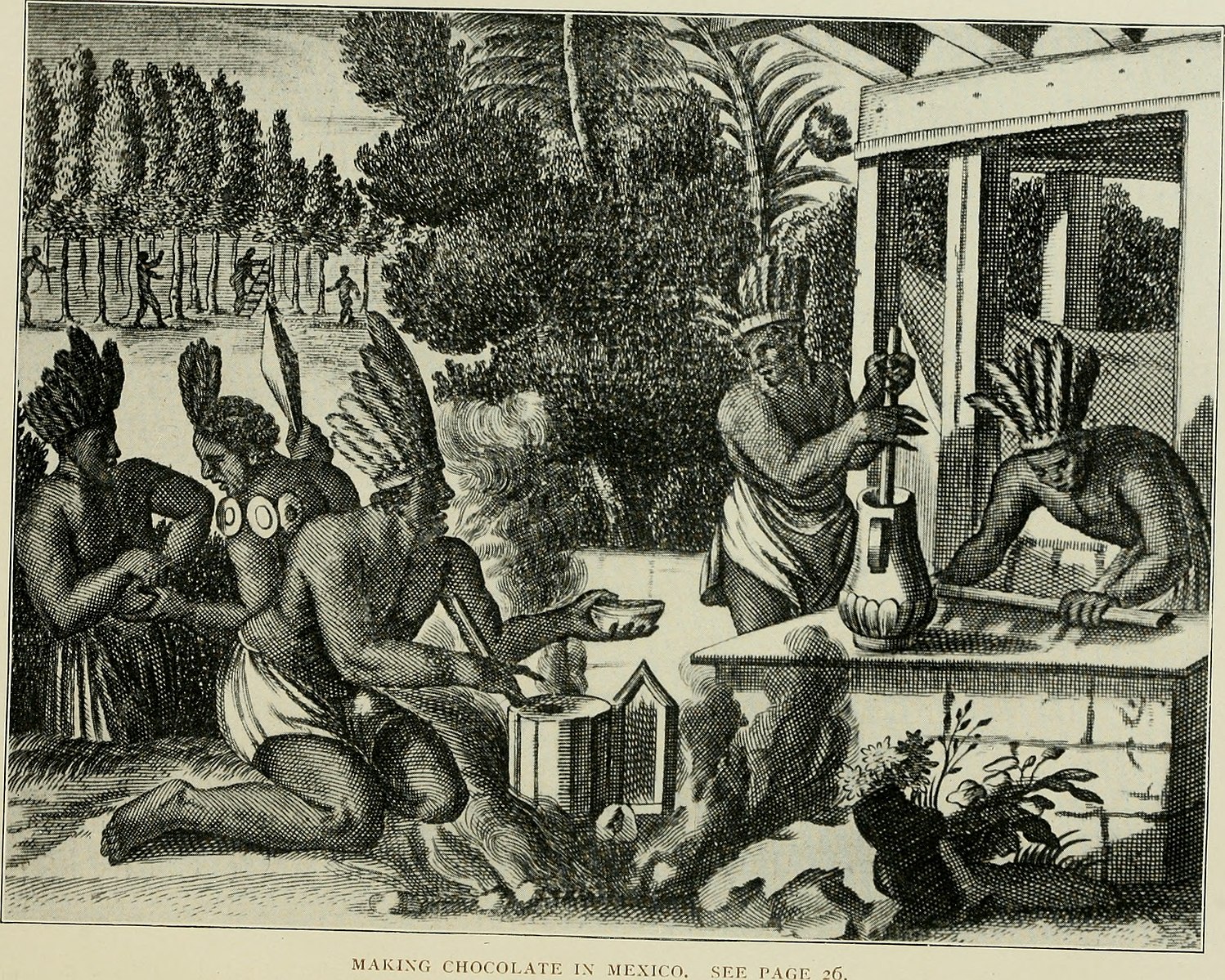
The association of chocolate with women is enduring. As we have seen, across Mesoamerica chocolate was usually prepared by women, although often consumed by men, and recent work has concluded that, like the British Victorian taste for “curry”, the Spanish liking for chocolate was a result of dependence on native cooks and therefore native cuisine. The missionaries attempt to fill the social and cultural roles of Aztec priests meant that clerics were also plied with chocolate as they went about their work. In order to govern, the Spanish had to integrate, and part of that integration was the development of a taste for chocolate.
This explains the association of chocolate with native women, but not the insistence that Spanish women took to the drink faster and more enthusiastically than Spanish men. In the mid-seventeenth century the English Dominican Thomas Gage, who celebrated his arrival in Vera Cruz with “a Cup of the Indian drink called chocolate”, told a story of a bishop and the Spanish Catholic women of Chiapas:
This bishop was (as all the rest are there) somewhat covetous; but otherwise a man of temperate life and conversation, very zealous to reforme whatsoever abuses committed in the Church, which cost him his life before I departed from Chiapa to Guatemala. The women of the City it seems pretend much weaknesse and squeamishnesse of stomack, which they say is so great, that they are not able to continue in the Church while a Masse is briefly hudled over, much lesse while a solemn high Masse (as they call it) is sung, and a Sermon preached, unlesse they drinke a cup of hot Chocolatte, and eat a bit of sweetmeats to strengthen their stomacke. For this purpose it was much used by them to make their maids bring to them to the Church in the middle of Masse or Sermon a cup of Chocolatte, which could not be done to all, or most of them without a great confusion and interrupting both Masse and Sermon. The Bishop perceiving this abuse and having given faire warning for the omitting of it, but all without amendment, thought fit to fixe in writing upon the Churches dores an excommunication against all such as should presume at the time of service to eat or drinke within the Church.
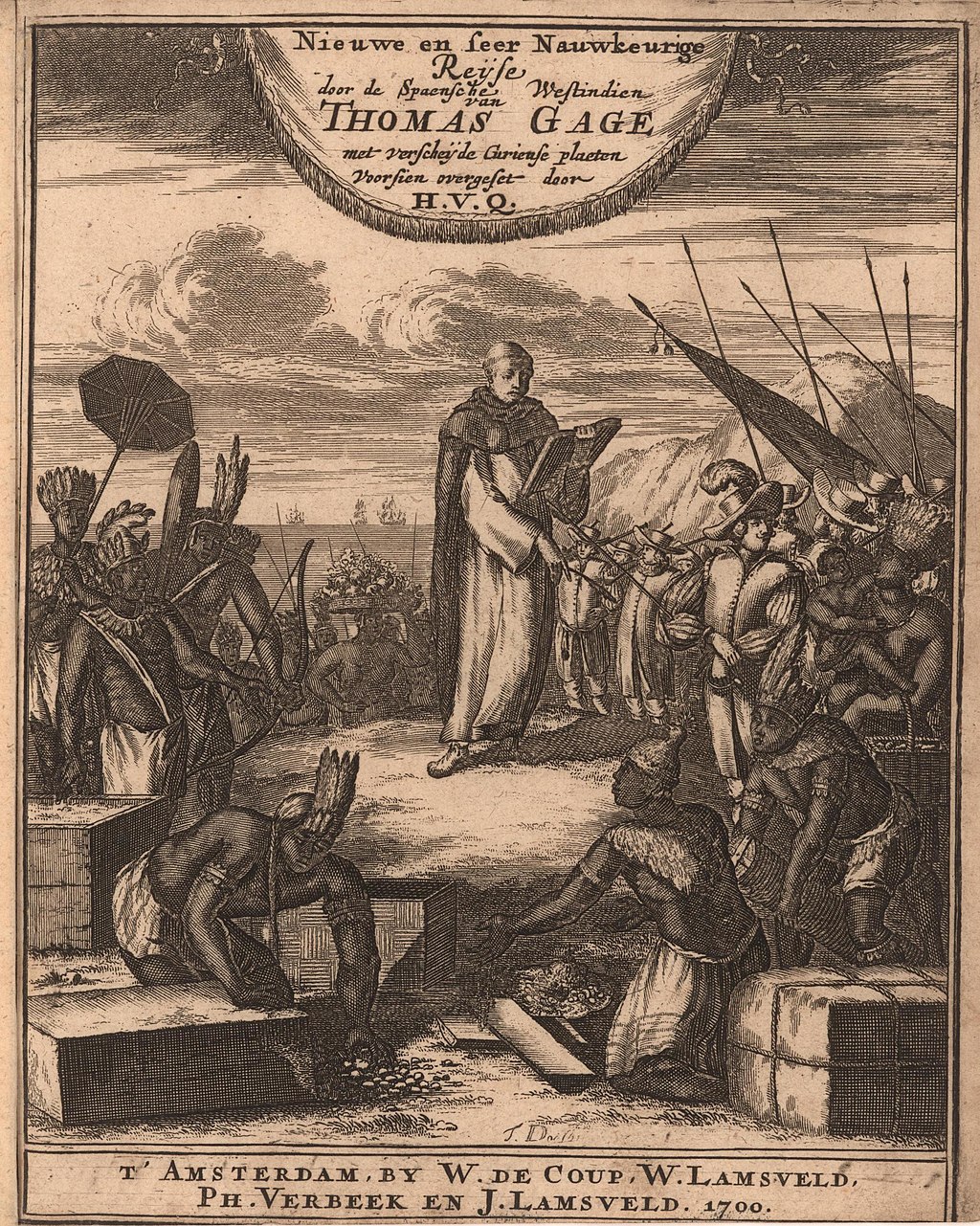
Gage and the Prior of the Cathedral tried to calm the bishop, Don Bernardino de Salazar, “alleadging the custome of the Countrey, the weakenesse of the sex whom it most concerned . . . the contempt that might ensue from them unto his person, and many inconveniencies which might follow to the breeding of an uproar in the church and in the City.” But the bishop was not to be moved, and after there was “one day such an uproare in the Cathedrall, that many swords were drawn against the Priests and Prebends”, the women “resolved to forsake the Cathedrall”, taking with them all the donations and contributions upon which the bishop and his staff depended. In the following month, the bishop fell ill and returned to his cloister, where “physitians were sent for far and neere, who all with joynt opinion agreed that the Bishop was poysoned.” The bishop died, and Gage blamed “a Gentlewoman . . . who was noted to be somewhat too familiar with one of the Bishops Pages”, for having “such a cup of Chocolatte to be ministred by the Page which poysoned him who so rigorously had forbidden Chocolatte to be drunk in the Church.”
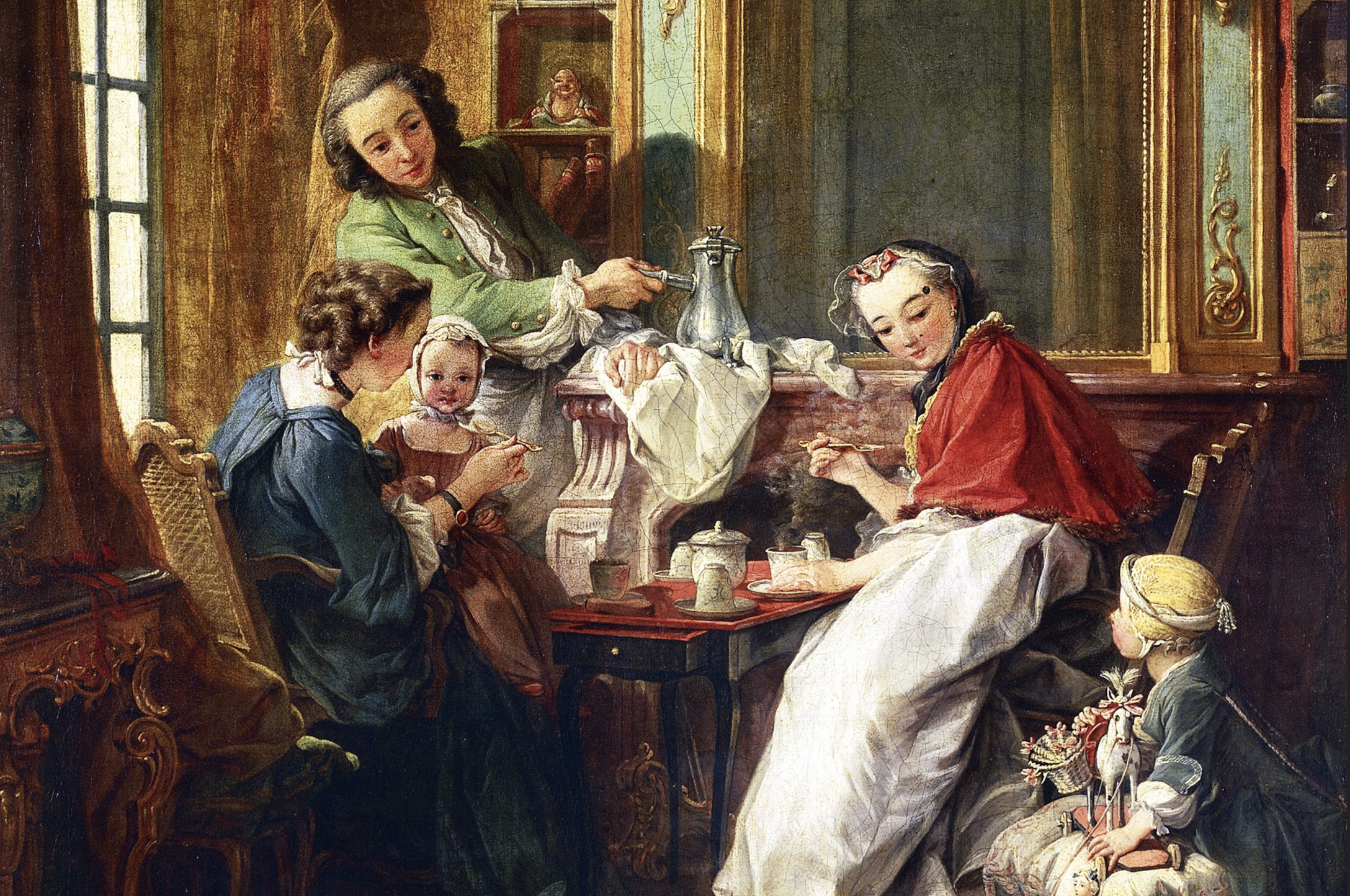
This anecdote is sometimes offered as evidence for the addictive properties of chocolate, illustrating that women would choose eternal damnation rather than go without chocolate for a few hours, but in context it is clear that the chocolate is a weapon in a battle between a zealous reforming bishop recently arrived from Spain and the upper classes of a well-established Creole community. Gage goes on to recount his own negotiations with the “gentlewoman” who sent him chocolate, which he interpreted as thanks for teaching her son Latin and then realized was an unwanted love-offering. “The women of this City . . . have learned from the Devill many enticing lessons and baits to draw poor soules to sinne and damnation; and if they cannot have their wills, they wil surely work revenge either by Chocolatte or Conserves, or some faire present.” Gage is not writing here about the irresistibility of chocolate but about Spanish suspicion of Creole women and their appetites.
Chocolate-drinking spread steadily through Central American society in the centuries following conquest, and by the late seventeenth century was so widespread that the cultural meanings of cacao multiplied, particularly in relation to gender. Martha Few”s work on “Chocolate, Sex and Disorderly Women in Late-Seventeenth and Early-Eighteenth Century Guatemala” describes a sequence of women accused of using chocolate in poisoning and witchcraft, showing both how strong the association with women of all classes had become and how common the beverage was (the equivalent of the Victorian fear of women who slipped something into their husbands” tea). Juan de Fuentes”s allegation to the Inquisition in late seventeenth-century Guatemala that his wife Cecilia had used “spells and curses” against him provides a neat example of these connections:
His wife treats him not as a husband but as a servant. He lights the fire in the kitchen, he boils the water, he mixes the chocolate and heats the food . . . and he gets up very early every morning to do this while his wife stays in bed and sleeps until very late. And when his wife wakes, he brings her chocolate so she can drink it after she dresses . . . in this way his wife has turned him into a coward, and all this cannot be a natural thing.
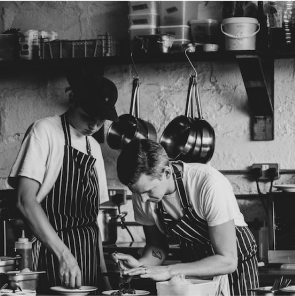
Record number of gold awards for chocolate makers from everywhere
The newly awarded bars have seen a rise in the use of Indian cacao, notably from the Idukki region of Kerala, with its ideal cacao growing conditions.
Read more +
Chocolate, then, was already connected with bad women, women who indulge themselves with mornings in bed instead of attending to their domestic duties. The association between chocolate and feminine “naughtiness”, luxury and self-indulgence that will blossom in modern advertising is already planted, interestingly in the context of a society which, like our own, assumes chocolate to be consumed by most people on most days. Chocolate, in this reading, represents a threatening kind of female eating even as it becomes ubiquitous.
Chocolate was also associated with another kind of moral lapse. Catholics in early modern Europe were enjoined to fast throughout Lent, Pentecost and Advent, as well as most Fridays and every day between midnight and the time of Holy Communion the following day. It was acceptable to allay thirst while fasting, but not to respond to hunger. In an era with highly elaborated ideas about calories, this distinction seems clear, but sixteenth- and seventeenth-century Catholics often drank forms of soup, gruel and eggnog during these times, which meant that the theological status of chocolate was unclear. Cacao had no stable physical form; as a bean it was compared to almonds, though this may be partly because of the early modern European use of ground almonds as a thickening agent in cooking, which meant that almonds were processed in a way that bears some similarities to the Aztec and Maya handling of cacao. Carried in cakes or slabs on journeys, it was clearly solid food, but dissolved in water it bore more resemblance to gruel or soup (tea and coffee being still unknown). Cacao’s cultural functions complicated the issue further, for the Spanish had continued the Aztec custom of levying tributes in the form of cocoa beans, and found that the cacao industry remained profitable under their dispensation. Custom, in any case, outran categorization; as we have seen, Spanish immigrants to Mesoamerica learnt to drink chocolate at all times and in all places before the slow wheels of the Vatican began to work on the relationship between new commodities and fasting.
The result was a period of uncertainty, overlapping with debate about the medical uses and implications of chocolate. If, as some writers suggested, drinking chocolate had enabled Aztec merchants and warriors to march for days without needing any other food or drink, then either that made it ideal for times of fast (because it would facilitate abstention), or it must be absolutely proscribed (because the point of a fast is to suffer). In either case, any substance that had such an effect on the body must have implications for health, perhaps being indicated in the treatment of some diseases or conditions and contraindicated in others. It is in the context of this debate that the first suggestion of chocolate’s aphrodisiac properties is made. Although the earliest Spanish observers commented that the Aztec elite consumed chocolate “for success with women”, there is no evidence from any Mesoamerican archaeology, anthropology or surviving codices to substantiate this idea. As Sophie and Michael Coe remark, “the reader should stop to consider if there has ever been a consumable substance that has not had this reputation at some time and in some place.” Suspicion must be particularly appropriate when the informants are monks vowed to chastity from a culture convinced that all food and drink act to promote or prevent sensual inclinations.
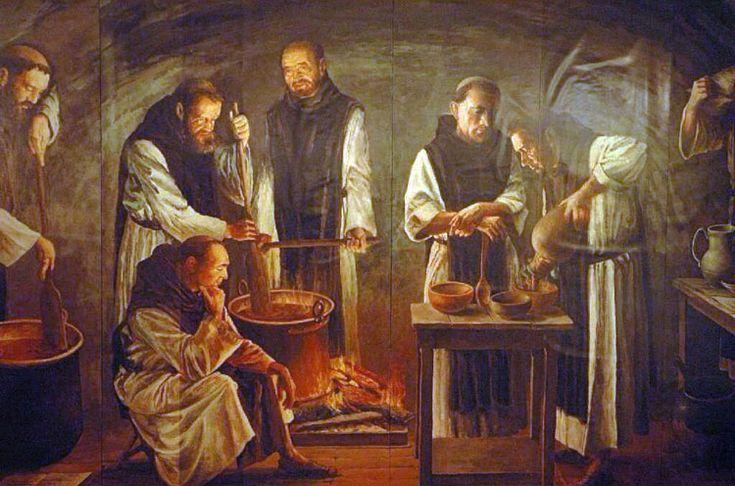
Early modern medicine depended on the Galenic theory of human physiology. Galen was a second-century Greek medical researcher, and his theories as understood by most sixteenth- and seventeenth-century Europeans offered four categories of human physiology, the “humoural qualities”. The humors were sanguine, bilious, phlegmatic and melancholic, and individual bodies and personality types were located in relation to these prototypes (and to some extent still are; when we refer to someone as being “sanguine” about something, or “full of bile”, we mean that they are relaxed or enraged rather than that body fluids are flowing). Dysfunction and disease were usually the result of an imbalance in the humors, and so the aim of treatment was to redress this balance. Drugs played a part, but the distinction between food and medicine is largely a modern one (which may again be dissolving with the interest in nutritional therapies and “superfoods”), and physicians devoted most of their energies to monitoring and adjusting patients diets. Just as every body existed in relation to the four categories, so nearly every food acted to heat, cool, moisten or dry the body that consumed it. The relationship between foods and their effects usually appears logical. Strong, spicy flavors such as pepper and the new chillies were hot and dry, associated with bilious tendencies. Strongly flavored, moist or juicy foods such as meat and wine were linked with blood, and both were given to people who needed strengthening or building up. Subtle, bland flavors, often found in milk and grain-based dishes, promoted cool, phlegmatic habits, while acidic and astringent flavors were “dry” (like wine or tea) and melancholic. Predictably, hot and moist diets or personalities were associated with sensuality, anger and disorders of excess, while cold and dry people tended to be easygoing or inactive (“cool”), and prone to sadness and decline.
Like most of the new foods from the New World, chocolate did not have an obvious position in this scheme. Taken as a hot drink, especially when flavored with chili, chocolate was clearly hot and either moist (because wet) and therefore sanguine, or dry (because of the spices) and therefore bilious. Many familiar foods occupied two categories within the hot or cold spectra, but the problem with cacao was that it was also thought, in the form of the astringent bean, to be cold and wet, or, as a bitter powder, cold and dry. De Sahagún reported that the Aztecs had used cocoa to treat both fevers and digestive disorders, which in the European understanding would require opposite responses. As with the theological categorization of cacao, it was problematic that practice was far ahead of theory. Everyone was “taking chocolate” all the time, regardless of its humoural potency, which sometimes made debate appear redundant but also produced an extraordinary range of reported effects. Some people drank chocolate to cool down when they were hot, others to sustain them in fatigue or hard labor. Some people found it helpful in settling the stomach and others in promoting sleep, and most believed that it served their particular purpose. As chocolate usage spread and additional ingredients multiplied, the complexities proliferated. In the end there was a consensus that chocolate should always be taken in moderation and that the effect on the body depended to a large extent on the ingredients and method of preparation, although some writers continued to claim that it was always unhealthy while others regarded it more or less as a panacea. We might observe that categorical advice on healthy eating appears surprisingly elusive.
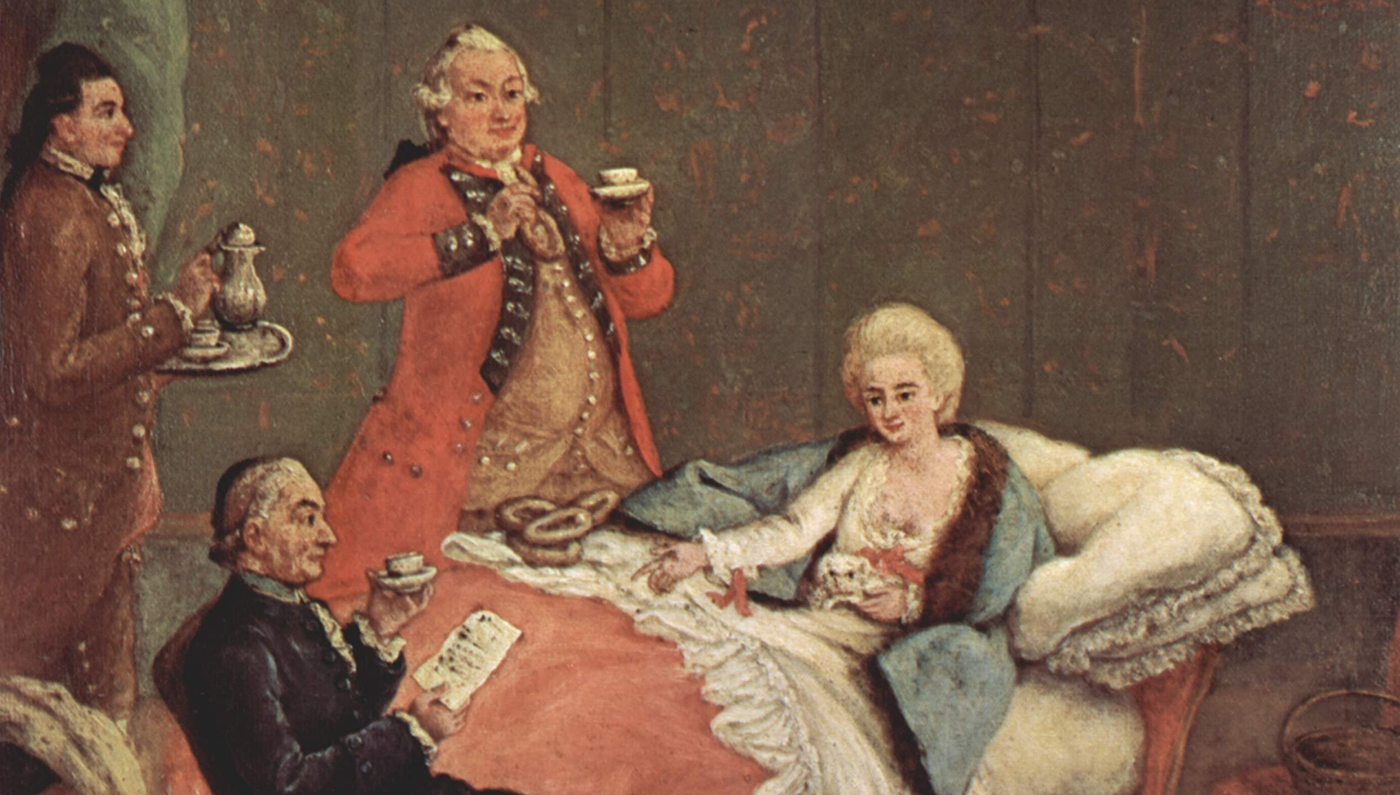
In several ways, then, modern associations with chocolate can be traced back to the establishment of Spanish colonies in South America. Chocolate, although widely available, connotes women”s greed and laziness. While it contains some “healthy” elements, there is widespread anxiety about the undesirable ways over-indulgence might affect the body. Chocolate also took on another set of meanings which still accompany every mouthful: both the end product and the raw ingredients depended on forced labor. The “dark history” of sugar, a commodity which was to become inseparable from cacao, is well known, but the production of chocolate depended on the slavery of African laborers two hundred years before the horrors of the Middle Passage entered the European cultural imagination. Chocolate had always been produced by the poor and consumed by the rich, and chocolate consumers had often lived thousands of miles from the main sites of production in Mesoamerica, but what was new in the seventeenth century was the reliance on an intercontinental slave trade.
Cacao was first grown as a crop, rather than gathered from managed plantations, in the Portuguese settlement of Bahia on the Atlantic coast of Brazil in the seventeenth century. The beans had previously been harvested by Native American groups under the direction of Jesuit missionaries, but with growing demand from the Spanish colonies to the north (the Portuguese in South America never became habitual chocolate consumers) it was apparent that a more intensive system would be profitable. Using the native Tupi as forced labor to gather forastero beans in the rainforest was almost impossible because the Tupi knew the land a great deal better than the missionaries and, since the work was unsupervised, had no difficulty in leaving as and when they wished. The difficulties of working on an industrial scale in the rainforest became overwhelming. Prefiguring the establishment of the sugar and tobacco trades in the following century, the Jesuits switched to managed plantations that were serviced almost entirely by slaves from the Portuguese colonies in West Africa. The enduring advantage of cacao rather than sugar or tobacco in this context was that the processes involved were so complicated as to provide work for children, women in advanced pregnancy and the elderly as well as the strong adults needed for heavy work in the fields. Cacao facilitated the use (abuse) of slave laborers from cradle, or at least toddlerhood, to grave. As the market expanded with the European acquisition of the taste for chocolate, a number calculated at “nearly ten percent of the volume of the whole transatlantic slave trade” went to work on the cacao plantations in Brazil.
More News
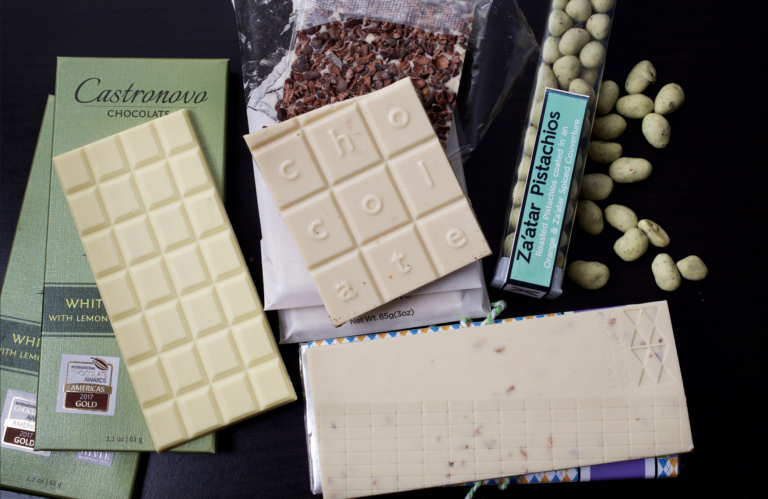
Best White Chocolate in the World
This article explores the origins and history of chocolate, tracing cacao’s use and cultural significance among ancient Mesoamerican civilizations like the Maya and Aztec. It
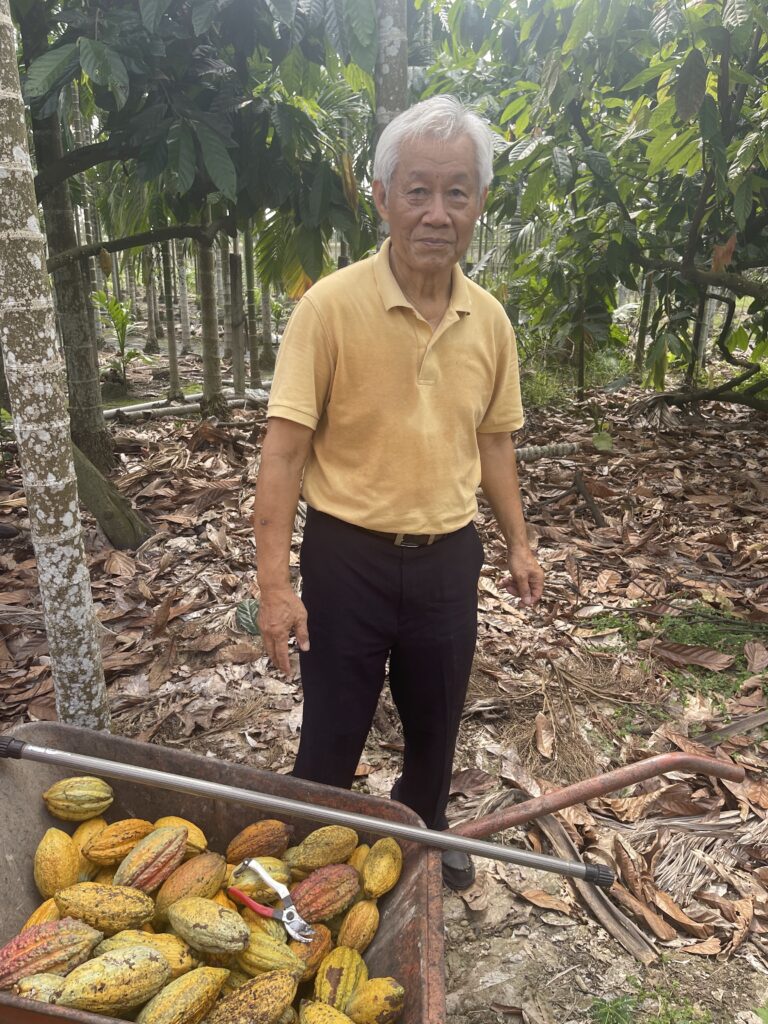
Taiwan’s Pioneering Cacao Farmers of Pingtung County
Embark on a journey through Taiwan’s lush Pingtung County, where 77-year-old Mr. Chou pioneers small-scale cacao farming, and award-winning chocolatier Jade Li transforms each harvest
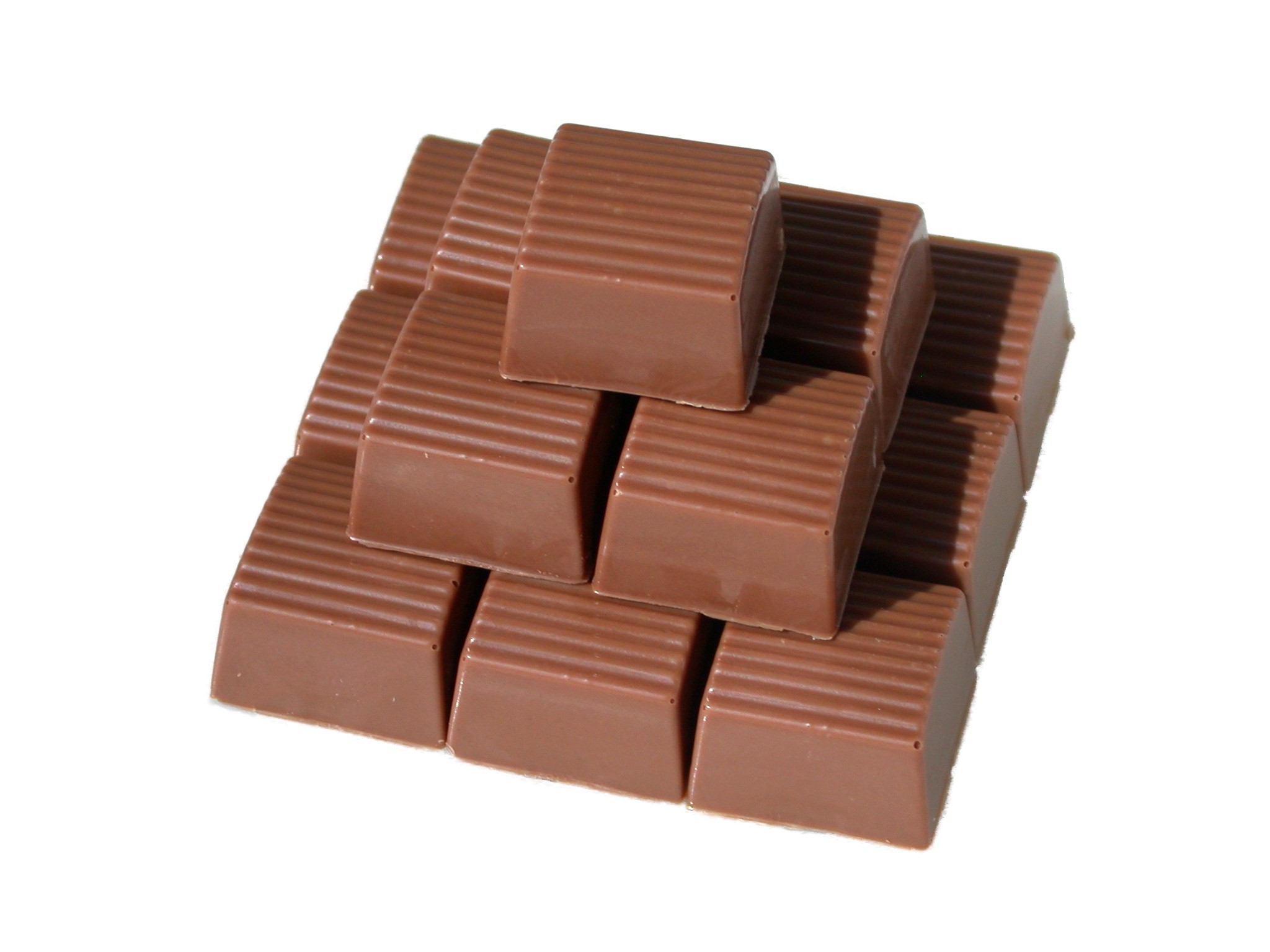
A Century of Sweet Success: The Evolution of the Best-Selling Chocolate Bar
Explore the delicious evolution of the best-selling chocolate bar, indulging in a rich history of flavor innovation and timeless satisfaction. Join us on a sweet journey through the irresistible transformation of the chocolate bar.
Don’t miss out on the latest Craft Chocolate news
Keep up-to-date on upcoming chocolate awards
